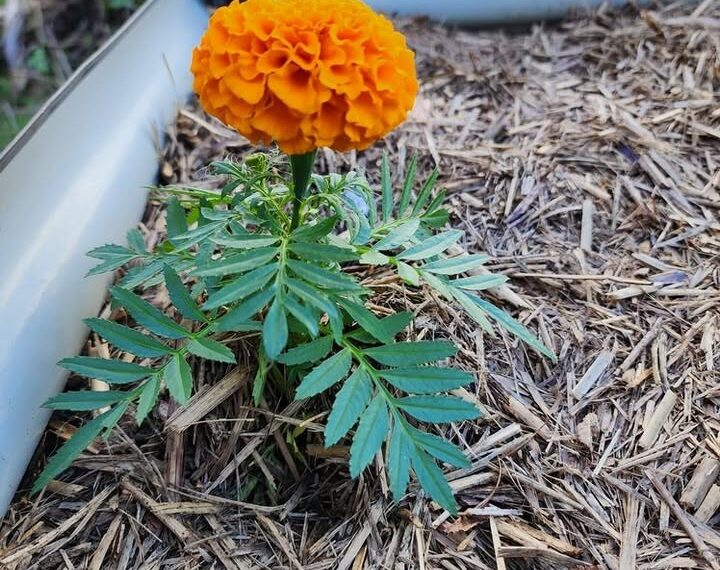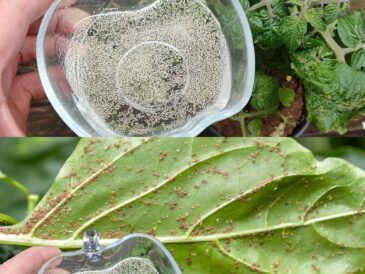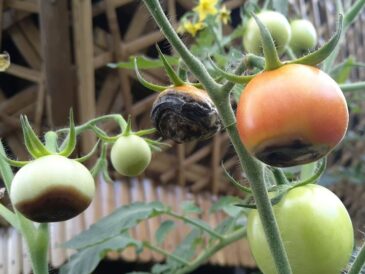1. French Marigolds (Tagetes patula)
- Best For: Nematode control and general pest repulsion.
- Features: Compact plants with small, colorful blooms in shades of yellow, orange, and red.
- Ideal Pairings: Tomatoes, peppers, eggplants, and beans.
2. African Marigolds (Tagetes erecta)
- Best For: Attracting pollinators and creating a bold garden display.
- Features: Larger plants with tall stems and large, pom-pom-like flowers in vibrant colors.
- Ideal Pairings: Corn, squash, and melons.
3. Signet Marigolds (Tagetes tenuifolia)
- Best For: Edible gardens, as their flowers and leaves are edible.
- Features: Delicate foliage with small, single-petaled blooms that have a mild citrusy flavor.
- Ideal Pairings: Herb gardens, leafy greens, and edible flowers.
How to Plant and Care for Marigolds
Step 1: Choose the Right Location
Marigolds thrive in full sun, so choose a spot that gets at least 6–8 hours of sunlight per day. They prefer well-draining soil but are adaptable to different soil types.
Step 2: Start from Seeds or Transplants
- Seeds: Plant seeds directly in the soil after the last frost. Sow them about 1/4 inch deep and keep the soil moist until they germinate.
- Transplants: Purchase marigold seedlings from a nursery for a faster start.
Step 3: Spacing
Space marigolds 8–18 inches apart, depending on the variety. Give them enough room to grow without overcrowding your vegetable plants.
Step 4: Watering and Fertilizing
Marigolds are drought-tolerant but benefit from regular watering, especially during dry spells. Fertilize sparingly, as too much fertilizer can lead to excessive foliage growth at the expense of flowers.
Step 5: Deadhead for Continuous Blooms
Remove spent flowers to encourage new blooms and keep the plants looking tidy.
Additional Tips for Success
- Plant marigolds as a border around your vegetable garden to create a pest-repelling barrier.
- Rotate marigolds annually to maximize their nematode-fighting effects.
- Combine with other companion plants, like basil or nasturtiums, for added pest control and biodiversity.
Conclusion
Planting marigolds in your garden is a simple yet highly effective way to boost the health and productivity of your fruit and vegetable plants. Their pest-repelling properties, pollinator-attracting power, and soil-enhancing abilities make them a must-have for any garden. Whether you opt for French, African, or signet marigolds, these vibrant blooms will not only beautify your garden but also ensure your fruits and vegetables thrive.
This year, let marigolds be your garden’s unsung hero and watch your yields flourish like never before!




